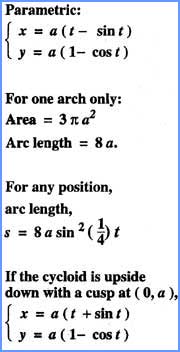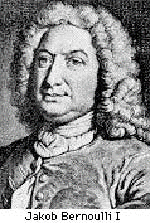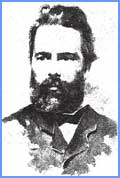| Back to . . . |
 |
 |
Please be patient. These animations require dowloading two QuickTime movies. The speed may depend on your internet connection.
NCB Deposit #5 by Aarnout
Brombacher
of Cape Town, South Africa.
 |
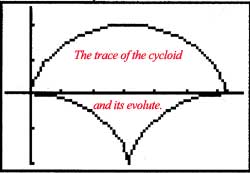 |
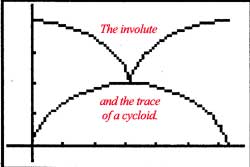 |
|
|
||
| From Brombacher's
student project:
http://jwilson.coe.uga.edu/EMT668/EMT668.Student.Folders/BrombacherAarnout/EMT669/cycloids/cycloids.html Aarnout Brombacher was a graduate
student from
South Africa working with Dr. James Wilson at the University of
Georgia,
Athens. He is now a teacher in Cape Town and President of the
Mathematics
Teachers of South Africa.
|
||
Melville wrote that his time at sea had served as his "Harvard" and his "Yale." He seemed anxious to prove that he had learned mathematics to the extent that he was familiar with the properties of the cycloid. Click on Melville's picture to view a larger image. |
